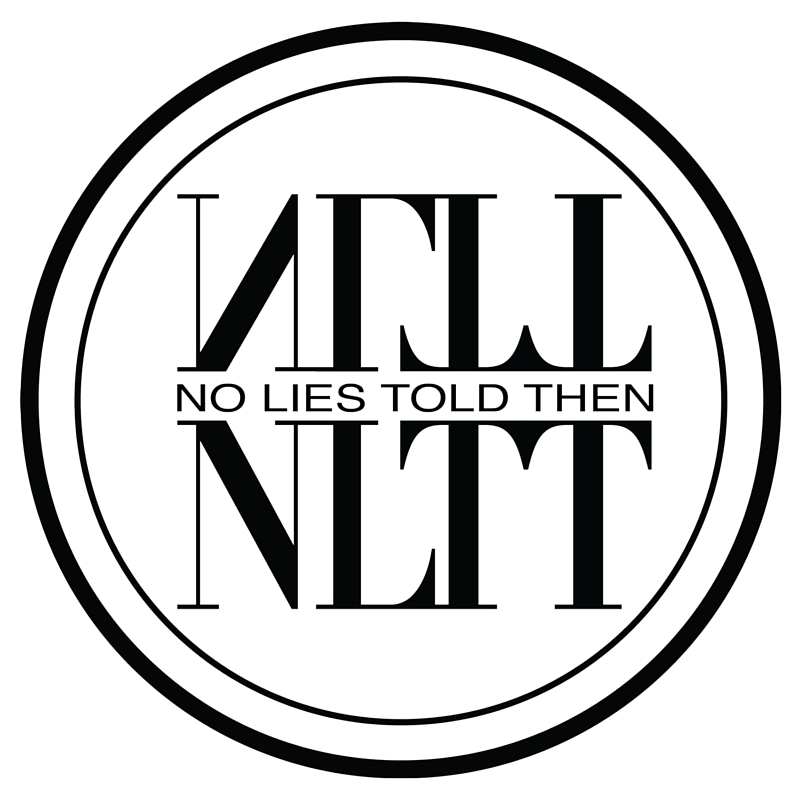Johnathan is a friend. A confidante. A caretaker. He represents a figure most of us need in our life; the one person we can always count on. He’s the brother we never had or the sister we’ve always wanted; he’s the auntie who keeps all of our secrets or the uncle who slips us alcohol when our parents aren’t looking.
From the very first draft of No Lies Told Then, I had a good sense of who Johnathan is. Of all the characters, his journey changed the least from the first to the “final” draft. His introduction to the audience never changed. His pivotal role in each character’s life remained the same. In some ways, he’s remained calm, steady force I always imagined in a world that is unsettled.
Although he is calm, he doesn’t lack a personality. It was important to create a rich life for this character so he isn’t another cardboard cutout in whom other characters confide, or the wise older man who has all the answers. He couldn’t be the character who is used by others to convey information; he had to be a living, breathing person of his own.
Johnathan is a British expat and when we first meet him he’s in his 50s. We see him through the eyes of a child: older, dignified, slightly eccentric with his gold earrings, colorful clothing and propensity to smoke things that aren’t yet legal. To a child who has only known people in and from her community, he’s an intriguing change-of-pace.
He is also a man who chooses to put his life on hold to help someone in desperate need of being saved. To more than one character he dispenses sound advice, and from a distance, he watches without judgement. That’s part of the beauty of Johnathan; his ability to be there without interfering or sucking all the oxygen out of the room. He is the glue that holds these lead characters together during the two hours we will spend with them.
What’s beneath the surface though, is a man who has loved and lost, and one of the challenges was to convey a bit of his history without detracting from the main story. I had to straddle the line; show an imperfect character with his own tumultuous journey, and someone who isn’t broken or bitter about his past.
I sometimes think of him as the conscience of No Lies Told Then. He’s that voice in the back of our head that will tell us the truth when we don’t want to face it. He’s the one that will give us tough love or a warm embrace when it’s needed. Perhaps one of the best things about this character is when these characters fall, he’s the one who’s always ready to catch them.









